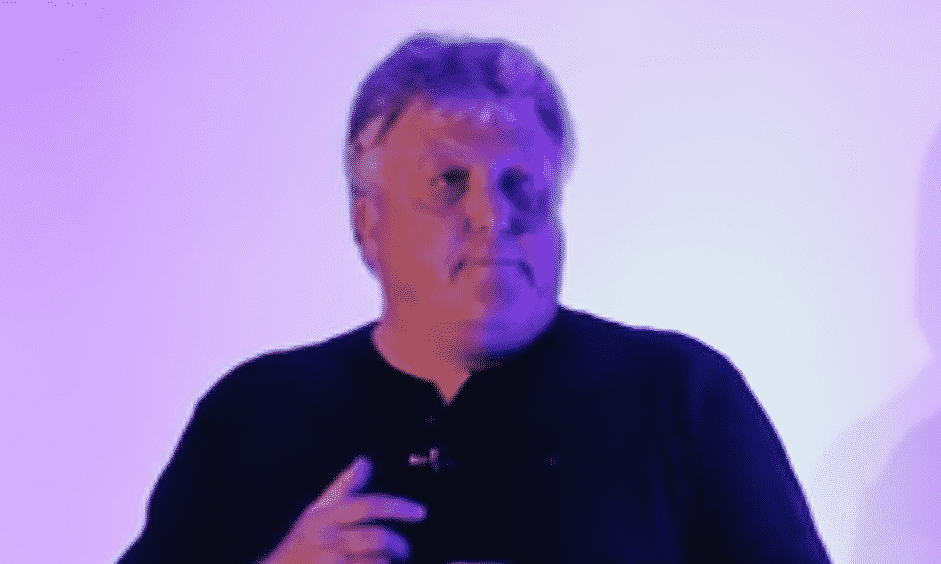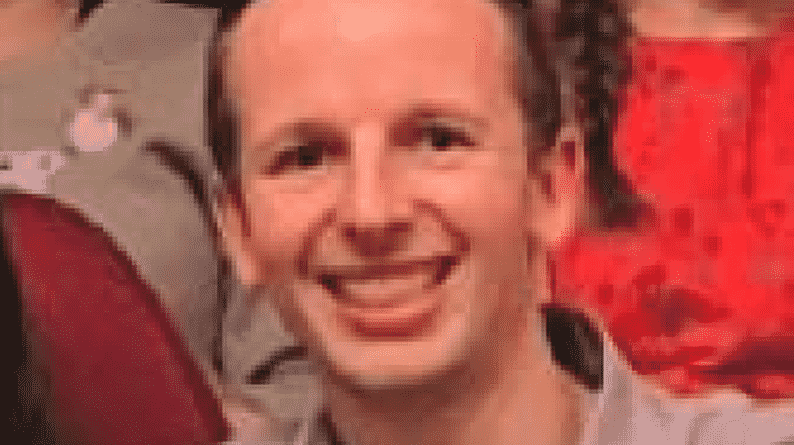Viewing extreme events through social media
Friday 12th Apr 2019, 11.16am
We are creating digital data all the time. Via social media, we’re generating evidence of everything we see and hear.
But when an emergency or terrorist attack strikes, the mass of information produced is confusing, complicated and misleading.
The challenges and applications from Data Science
The challenges and applications from Data Science of many kinds is transforming applied mathematics. This extends from highly abstract and theoretical considerations through ti applications, For example, new models for dynamically evolving peer-to-peer networks (of all kinds); new theory and results comparing the shape of data (very large scale networks and data representing the shape of objects); new applications in multidisciplinary projects including mathematics of behaviour within urban environments and online citizen behaviour of all kinds, involving the computational social sciences; methods for recognising and extracting structure from within massive multi dimensional data sets.

Analysis of network data
Analysis of network data is particularly important to Peter Grindrod and Andrew Mellor and others at Oxford’s Mathematical Institute. The research and development highlighted within this animation draws on research on temporal networks and is designed to work efficiently, as time is of the essence. We have been funded by the EPSRC Impact Acceleration Account to carry out exciting collaborations with the Met Police and other UK police forces, demonstrating the power of these ideas in real life (yet controlled) conditions. This particular application will be written up for journal publication shortly. In the immediate future we will be working on other live exercises as well as analysing some recent terrorist attacks in the UK.
Find out more:






